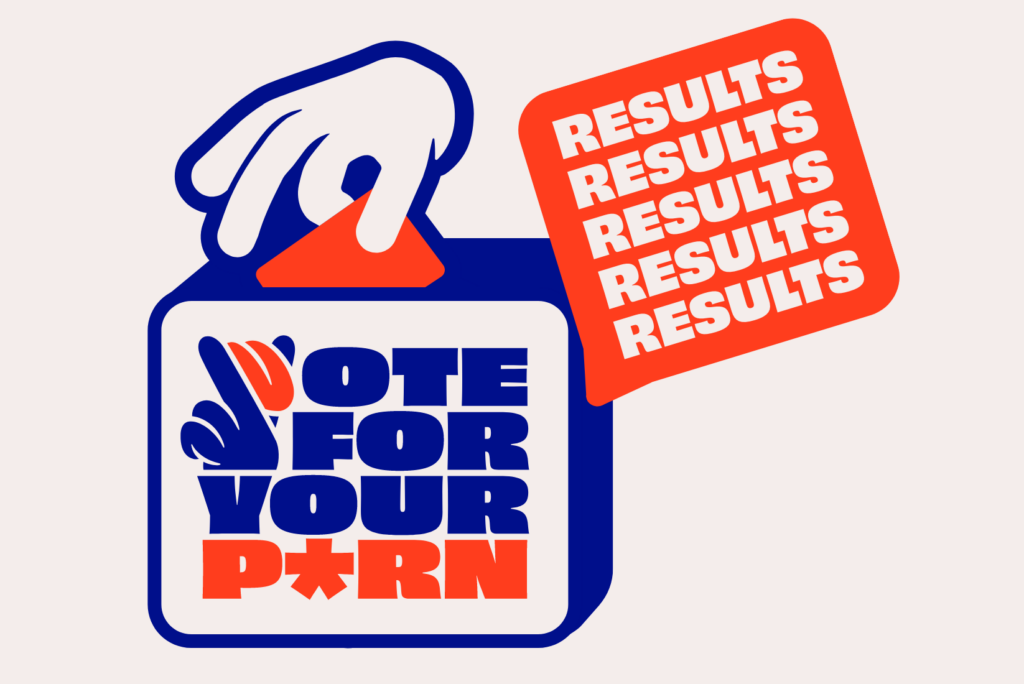What does Queer mean?
The word Queer entered the English language in the 16th century, and it originally meant “strange,” “eccentric.” (Merriam Webster).
Recently reclaimed by most members of the LGBTQIA2S+ community, Queer is now used as an umbrella term for people falling outside of heteronormativity and/or cisnormativity. I wrote “most members” because the word Queer has a long history of being used as a slur against homosexuals – given that pejorative history, some individuals may not want to be identified with the word.
What is a Queer Relationship?
Before understanding what a queer relationship can be, let us try to understand what a normative relationship should be.
Western society has constructed its relationship models on Christian beliefs – beliefs that still linger on today through a binary view of identity, gender, love, and sexuality. According to the Christian Creed, a romantic relationship should only involve a cisman and a ciswoman, where the man, as the head of family holds authority and endorses the role of the provider (financial, material) and the woman that of the caretaker (emotional and physical).
While western society’s views on sex have become increasingly liberal (EHNE) and the institution of marriage seems to be in crisis (Eurostat), romantic relationships are still widely made synonymous with monogamy and exclusive physical intimacy. What is more, sex is still majorly expected to be coital (in other words, it is only considered sex if there is penetration of the vagina by the penis).
A queer relationship is often understood as a gay or lesbian relationship, but a relationship can actually be queer in various other ways – as long as it disrupts assumptions on who certain types of relationships should involve, and how they should be lived.
A queer relationship may be defined by WHO is in the relationship
Homosexual relationships or relationships with a bisexual/pansexual person challenge heteronormativity – or the expectation that everybody is/should be straight. Because they do not fit in the man/woman binary to take on gender roles, the dynamics within a homosexual relationship do not abide to gender roles expectations.
Similarly, romantic relationships including trans and non-binary people challenge cisnormativity – defying the gender binary, and the idea that biological sex determines how to act, feel, and be. The idea itself of gender, and by extension of gender roles is called into question.
While we have come to terms with the idea that we may experience sexual desire without any romantic feelings, the contrary can be true too. People who identify as asexual may also have deep romantic relationships with little to no sex. Still, even if they do not have any romantic feelings, it does not mean that people who are aromantic cannot experience deep intimacy as well as sexual desire. Relationships outside of the sexual/romantic imperative redefine what intimacy means and how to express it.
People with disabilities, often left out of the love and pleasure conversations disrupt the ableist assumption that disabled people may not experience desire nor be desirable. Disabled and interabled relationships stand against these false assumptions.
A queer relationship may also be defined by HOW you live your relationship
Love, romance, and sex are still expected to be dedicated to only one person at a time. Non-monogamous relationships defy that very idea – whether it be in a polyamory configuration, that allows partners to pursue several committed romantic relationships simultaneously, and/or in an open-relationship, where partners may knowingly engage in sexual activities outside of the couple.
Physical intimacy (not just sex, but cuddles, kisses, and caresses) are also expected to be exclusive to one romantic partner at a time. But who established that kisses on the lips or long cuddles were not acceptable amongst friends too?
At the other end of the spectrum, conscious singlehood also challenges the idea that one must be in a relationship at all to live a happy fulfilling life.
Kinks – or non-conventional sexual practices – disrupts the preconceptions that sex is only coital and sexual desires shameful. To engage in kinky behavior, promote the exploration of one own’s pleasure, body, and may reinforce intimacy to the parties involved. They may also be lived outside of the couple (by hiring a Dom for example) and defy gender norms and expectations.
At the end of the day, queering your relationships means to love who you want to love and how you want to love them, regardless of society’s expectations. Love, desire, sexuality – they may be expressed in infinite kind of ways. Of course, normative relationships are one of them. And while there is nothing inherently wrong with normative relationships, queerness teaches you that if done consensually, there is no wrong way to be intimate. Queer relationships are about disrupting preconceived ideas of what any kind of intimacy should look like. Queer relationships are about engaging with who you want to, how you want to, and if you want to. Queer love is to love freely, to love platonically, to love multiple, to love different, to love same, to love yourself – to love shamelessly.
Sources
Queer Relationship, a zine by Rewriting The Rules.








